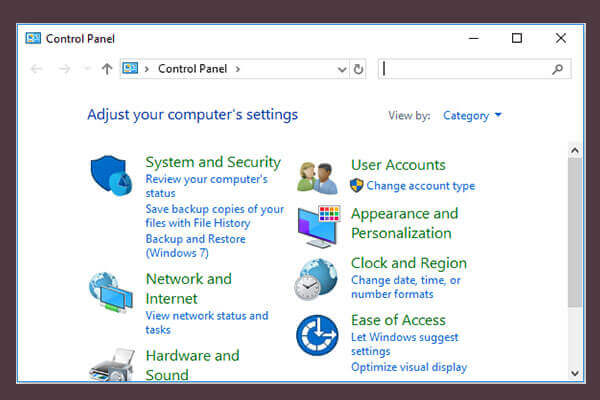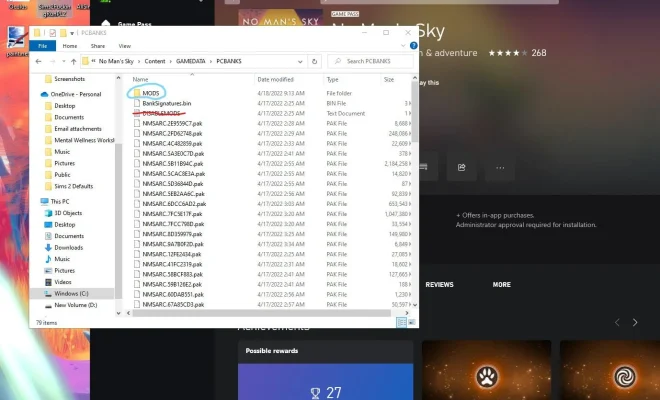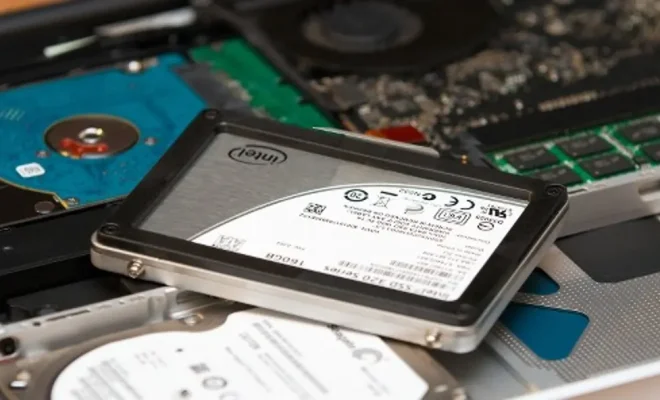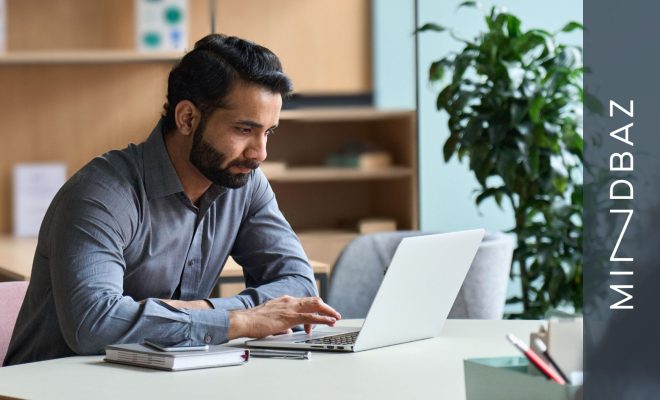How Artists Are Fighting Back Against AI Art That Copies Their Works

As artificial intelligence (AI) continues to advance at a rapid pace, it’s no surprise that it’s also making its way into the art world. AI-generated art has been gaining popularity in recent years, with pieces selling for thousands of dollars at auction. However, this has raised concerns among artists who fear that their original works could be copied and replicated by machines.
In response, some artists have taken matters into their own hands and are fighting back against AI art. One such artist is Trevor Paglen, who created a series of abstract paintings that were specifically designed to be unrecognizable to AI algorithms. Paglen used a technique called “adversarial training” to create the paintings, which involves training the AI to recognize and then avoid certain patterns and shapes.
Other artists are taking a more collaborative approach to working with AI. Sougwen Chung, for example, creates drawings in conjunction with a robotic arm, with both the artist and the machine contributing to the final piece. This approach allows the artist to maintain control over the creative process while also harnessing the power of AI.
Some artists are also using blockchain technology to protect their original works. By creating a digital record of their art on a blockchain, artists can prove ownership and authenticity, making it more difficult for others to copy or replicate their work.
Despite these efforts, some experts argue that AI-generated art shouldn’t be seen as a threat to artists. Instead, they suggest that it’s simply a new tool that artists can use to expand their creative horizons. AI-generated art can be used to inspire new ideas and push boundaries, rather than simply replicating existing works.
In conclusion, the rise of AI-generated art has raised concerns among artists who fear that their original works could be copied and replicated by machines. However, artists are fighting back in a variety of ways, from creating unrecognizable paintings to collaborating with AI. Ultimately, the relationship between AI and art is still evolving, and it remains to be seen how artists will continue to adapt and innovate in the face of this new technology.






